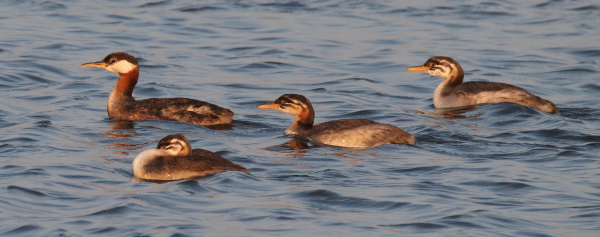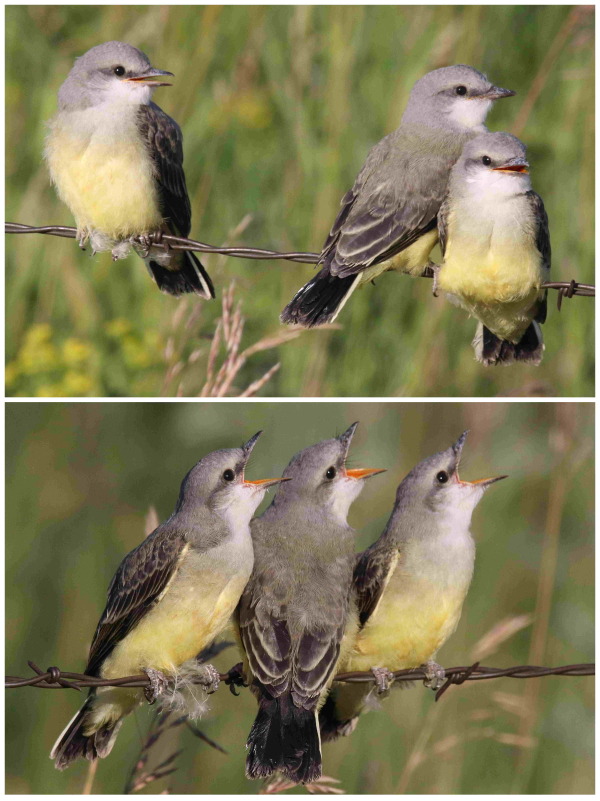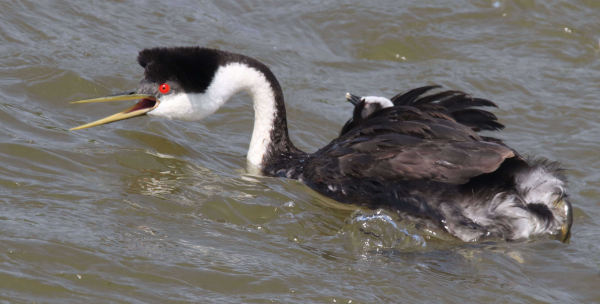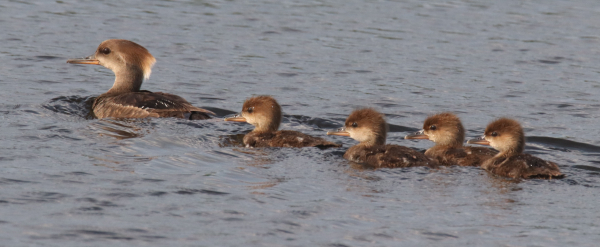July has proven to be an especially active birding period that is now rivaling spring migration for the variety and abundance of birds encountered. It’s also a period of overlapping bird biology, with some birds completing their nesting season with some fledglings already on their own, mixed with birds with newly hatched broods, all while some birds are beginning to arrive from Arctic and boreal forest nesting areas. It’s been exciting, even though I’m well versed in what to expect in this region of the Northern Great Plains.
The diversity of birds on hand, along with the abundance of birds in the area, are providing a variety of bird photo opportunities, pretty much day by day. And with that in mind, I wanted to share a variety of bird photos that I’ve taken since our last issue a week ago. I’ve taken photos of many more birds than I’m sharing here, but picked out some of what I consider a good cross-section of species that I’ve managed to get good quality images of in the field. It’s truly an exciting time of the year for birders and I hope you are giving your camera a good workout this summer!

One of many surprise encounters last week, a Red-necked Grebe with 3 fledgling-aged young was photographed as the evening light was dimming. It created a bit of a balancing act to get as broad an area in focus to keep all the grebes’ features sharp, while preserving an adequate shutter speed to stop any motion (600mm zoom lens, f-8 aperture, 1/640 shutter speed, 800 ISO).

Newly fledged Western Kingbirds are representative of many new fledglings appearing during the past week in this region. With such attractive photo subjects on hand, still perching side by side after leaving the nest, it’s fairly easy to get some quality images as long as you are positioned with sunlight coming from behind you. In the second image, the fledgling trio is reacting to the appearance of an adult with insect food (450mm zoom lens, f-13 aperture, 1/800 shutter speed and 500mm zoom lens, f-8 aperture, 1/2500 shutter speed at 800 ISO.)

It’s always hard to get a photo with all the ducklings in a brood looking into the sunlight along with the female, but with practice you learn to watch when the sunlight brightens the faces of the ducks. Have you identified the species of this brood yet? It’s a Redhead hen with a brood of 6 ducklings (550mm zoom lens, f-11 aperture, 1/1000 shutter speed, 800 ISO).

Adding some action and emotion to this mixed selection of photos, an intensely defensive Western Grebe with a partly hidden hatchling on her back provides the results of a fast-action documentary photo as she backs away from an aggressive Westie at a foraging location. The super-fast shutter speed stopped the action to provide a dramatic image that shows action that passed in a split second. It’s important to be ready for the next outburst of action that may take place (600mm zoom lens, f-11 aperture, 1/2500 shutter speed, 800 ISO).

With the re-appearance of post-nesting Franklin’s Gulls in the area, individual gulls show varied levels of molting as well as different plumages that reveal the age of younger birds. In this photograph a black-headed adult shows the first signs of molting feathers, while the other Franklin’s Gull has its yearling, first summer plumage (500mm zoom lens, f-10 aperture, 1/2500 shutter speed, 800 ISO.)

The most recent of 11 duck species to appear with a brood of ducklings was a Hooded Merganser, a cavity nesting duck that is relatively rare in the open plains region during the nesting season. If you can magnify the bill of the adult female, you can see how specialized its thin bill is, which is adapted for catching small fish (600mm zoom lens, f-9 aperture, 1/1600 shutter speed, 800 ISO).
Article and Photographs by Paul Konrad
Share your bird photos and birding experiences at editorstbw2@gmail.com





